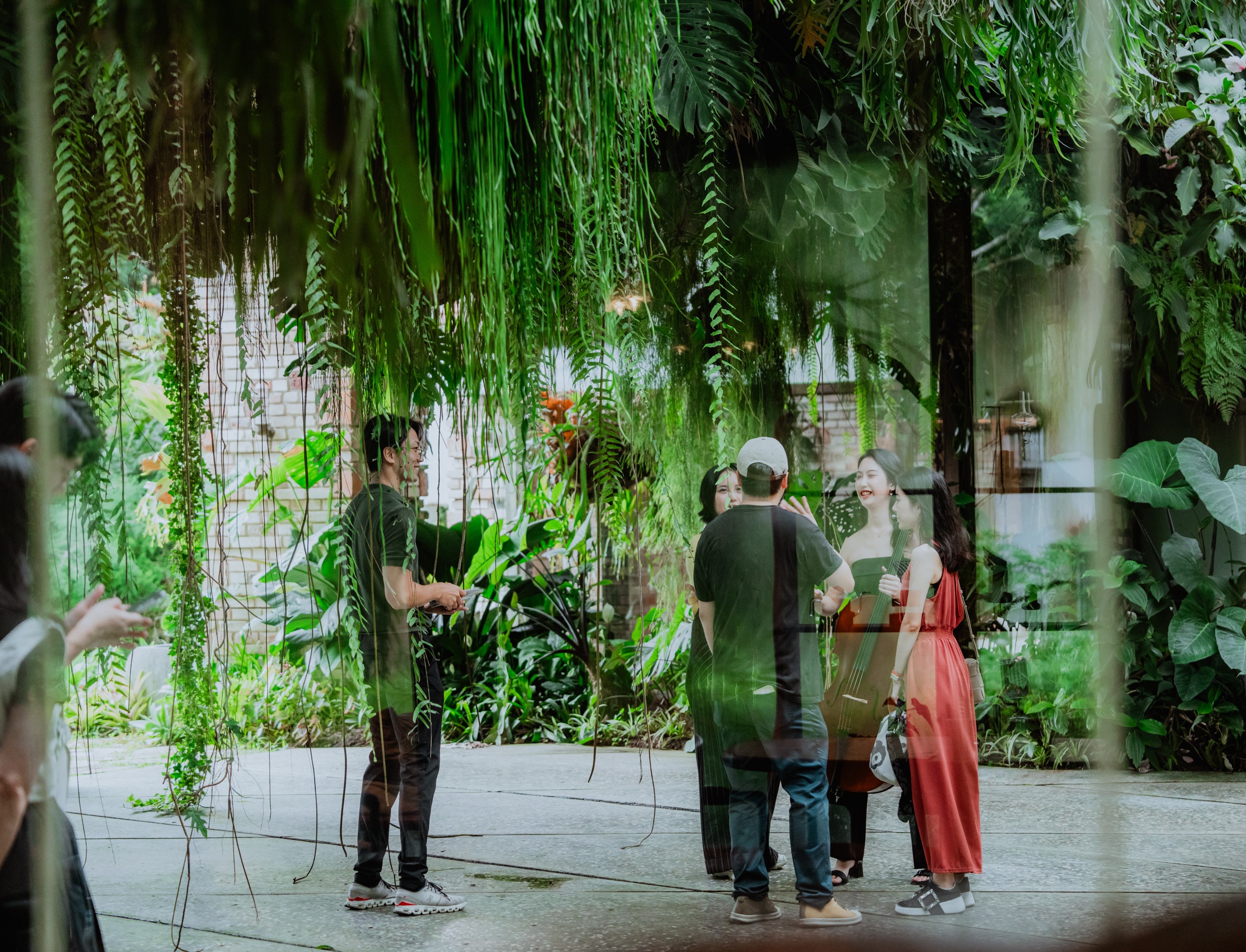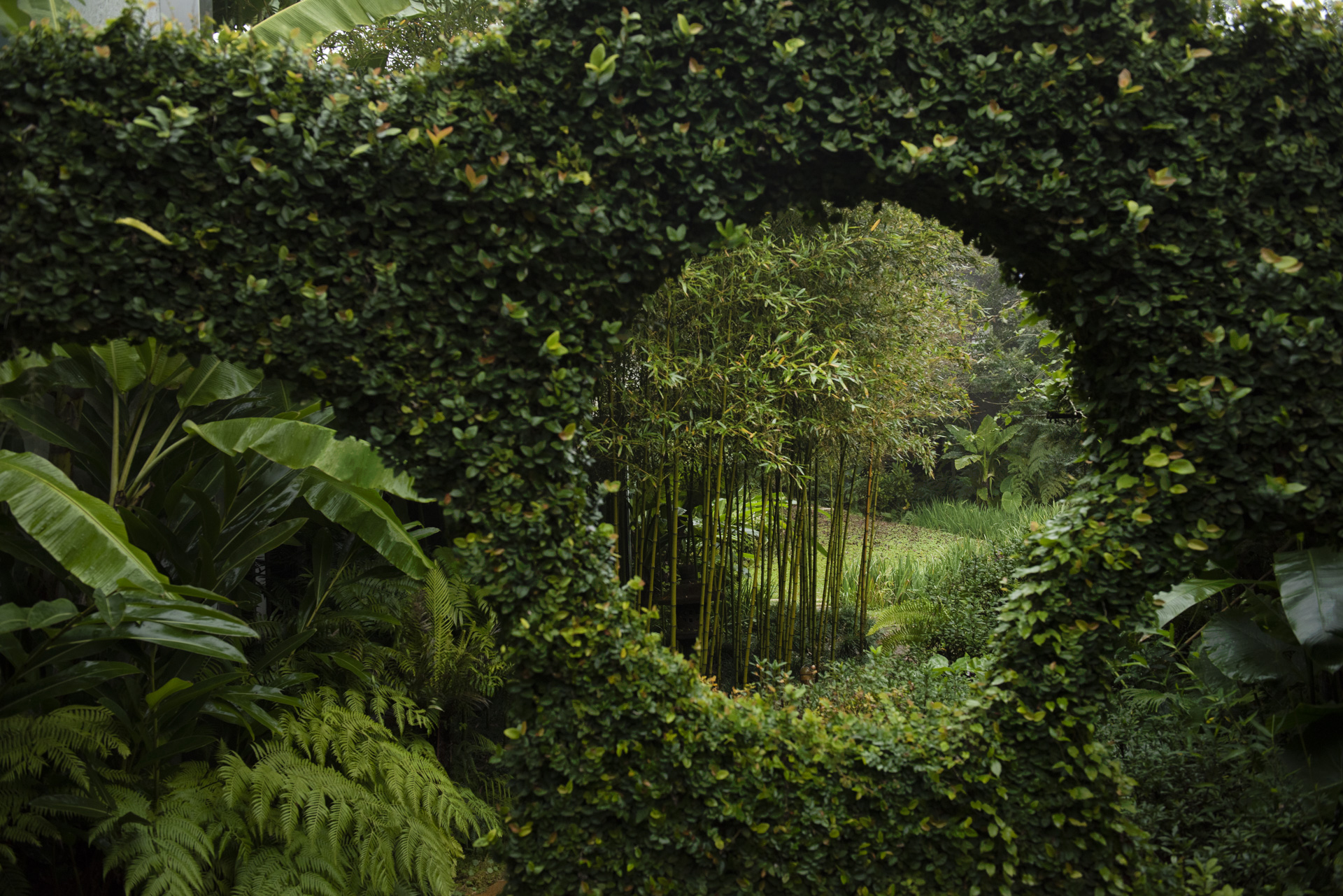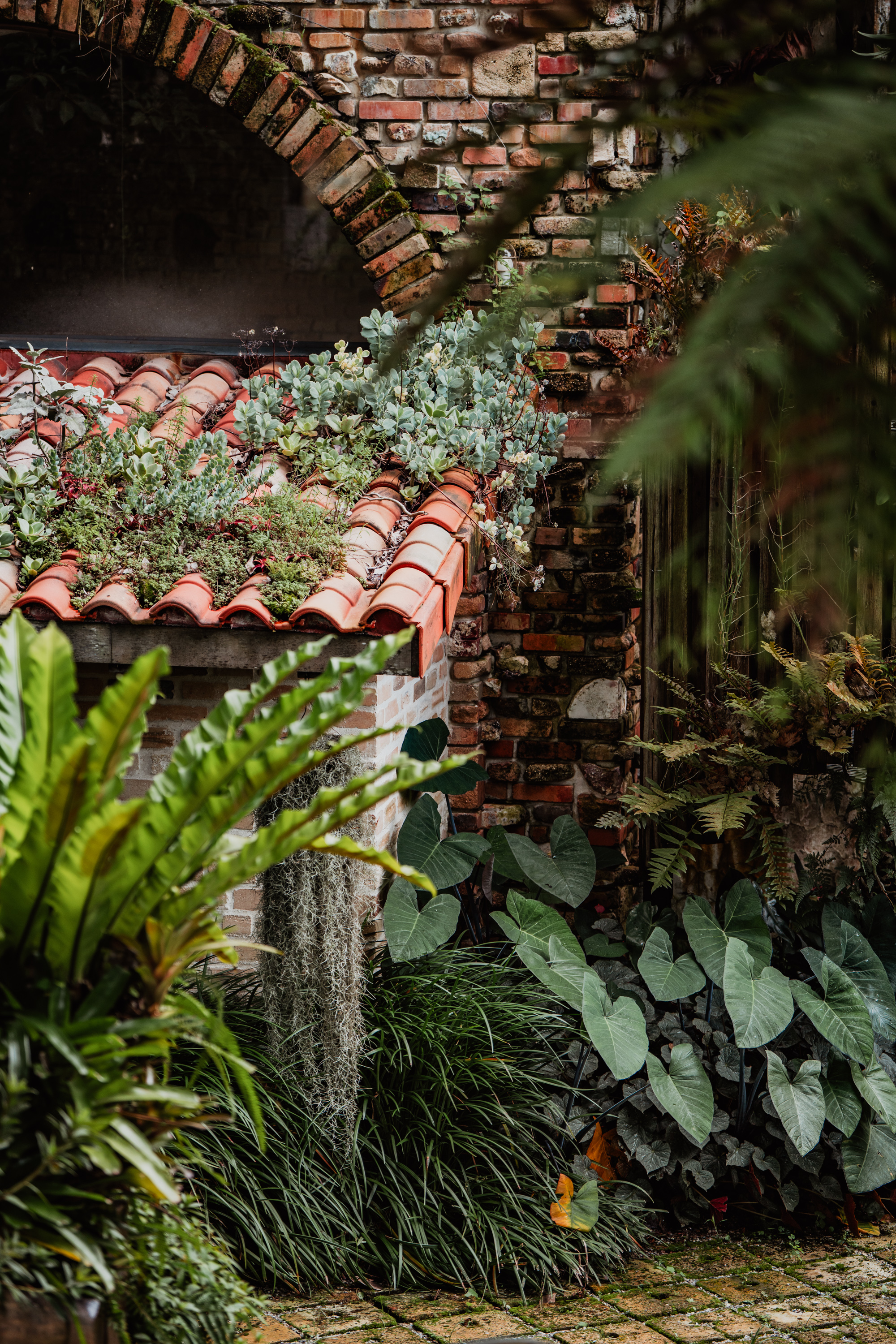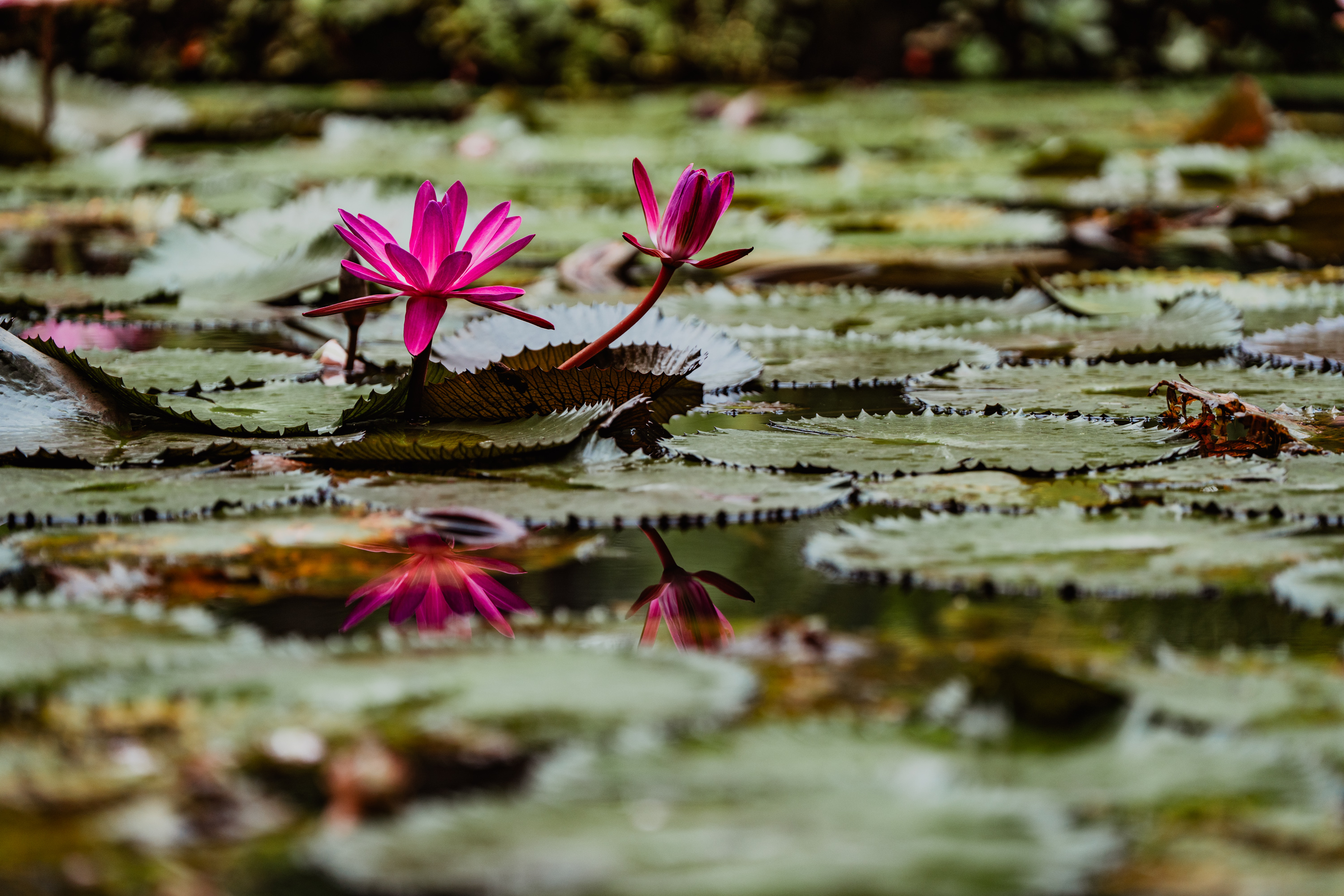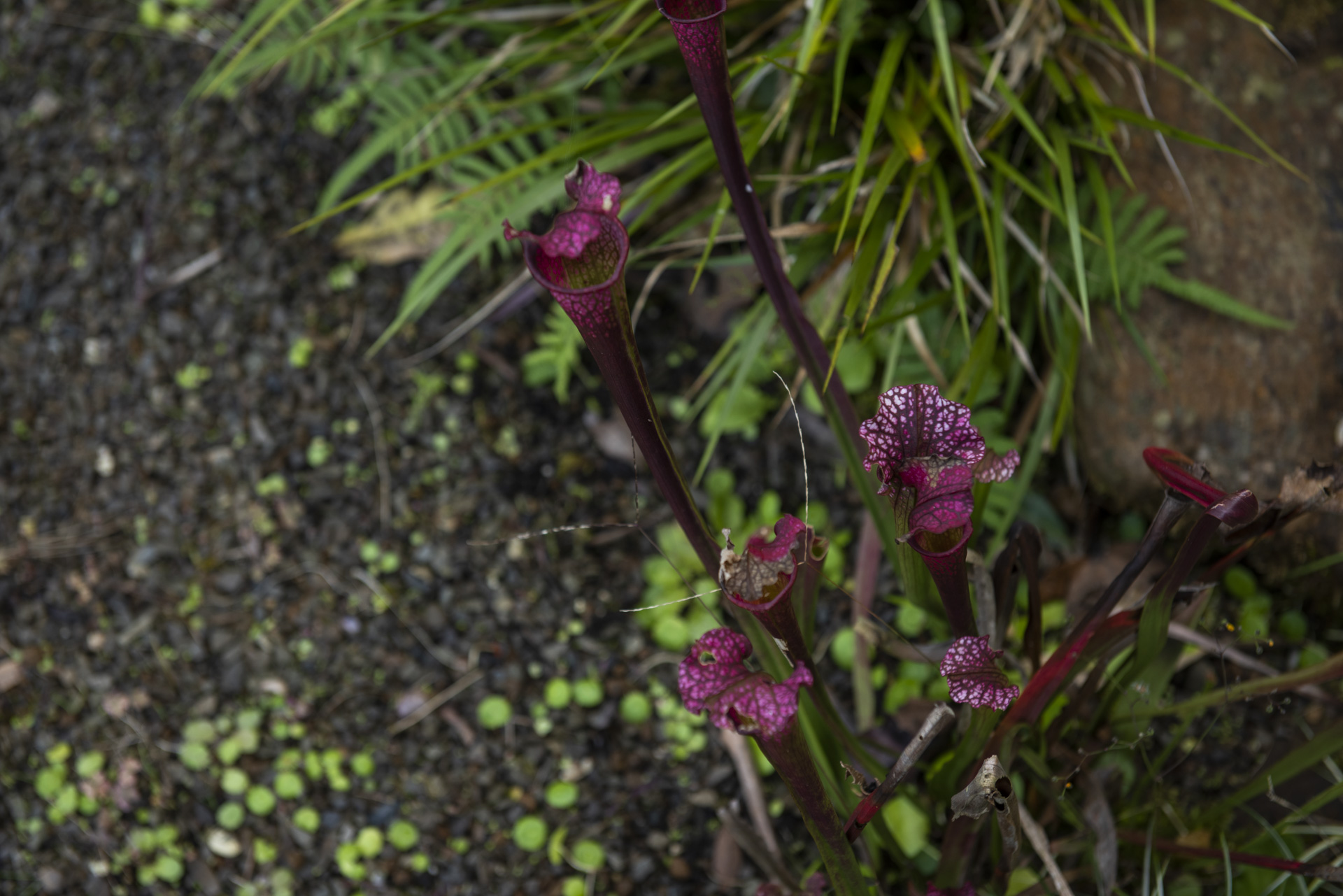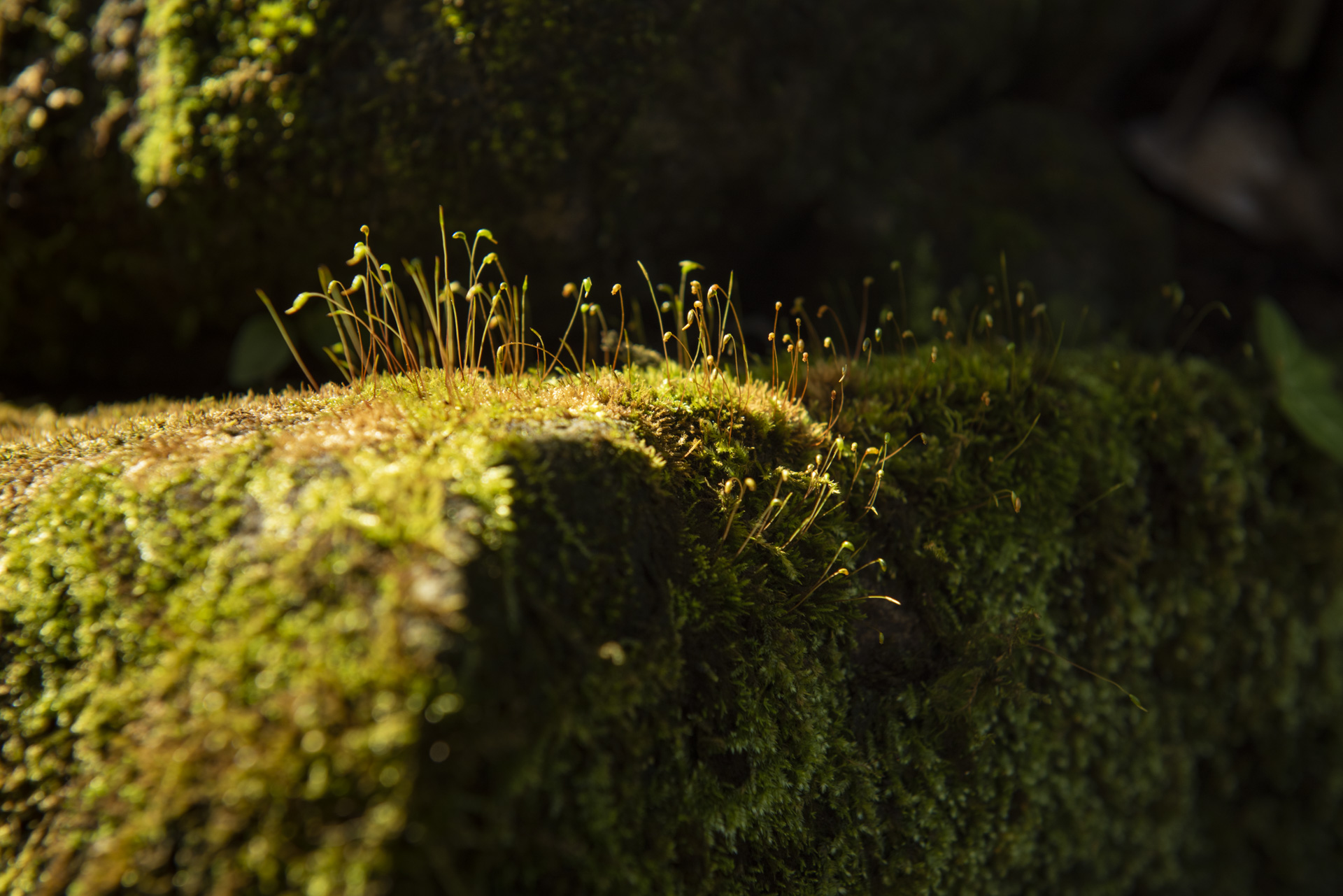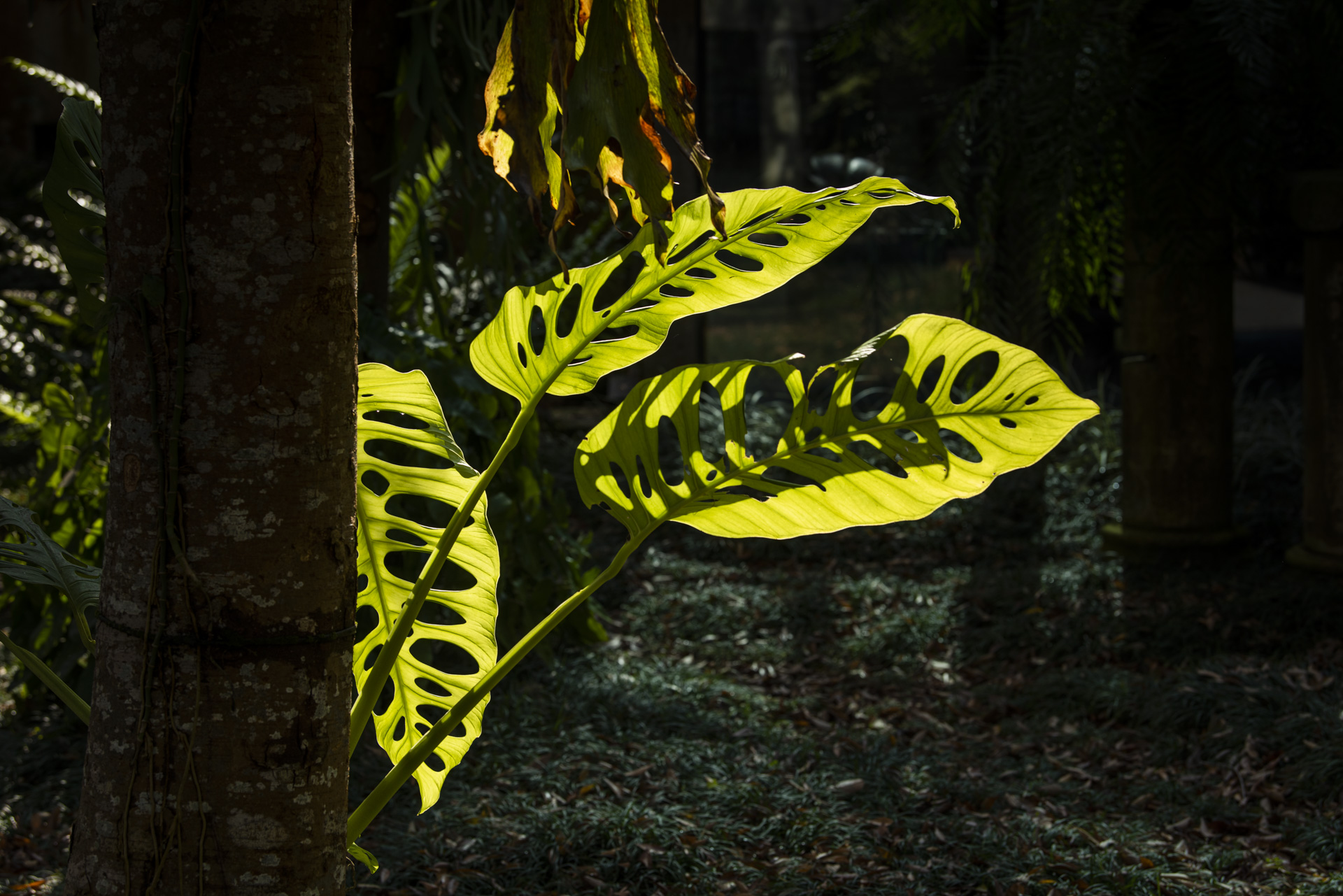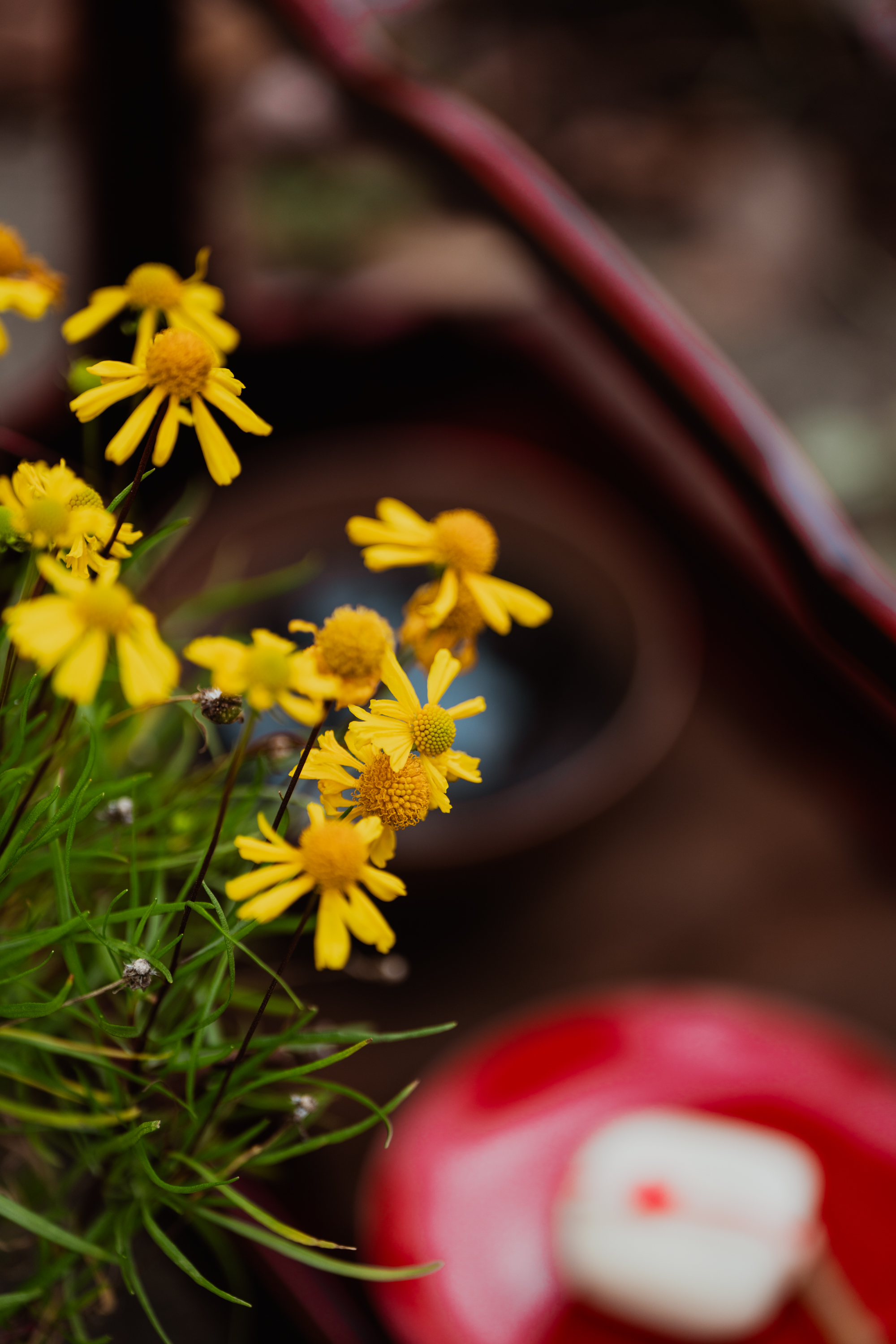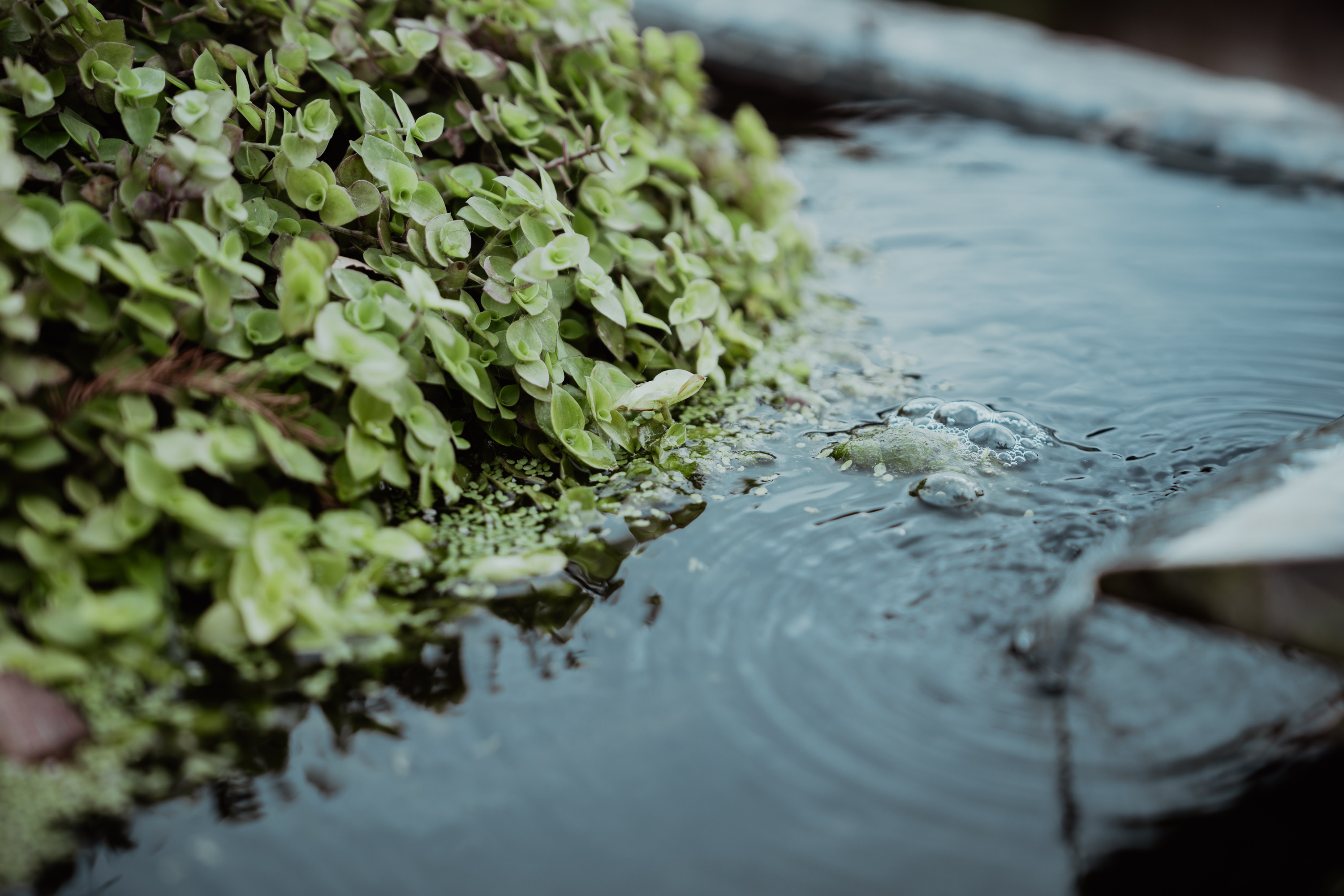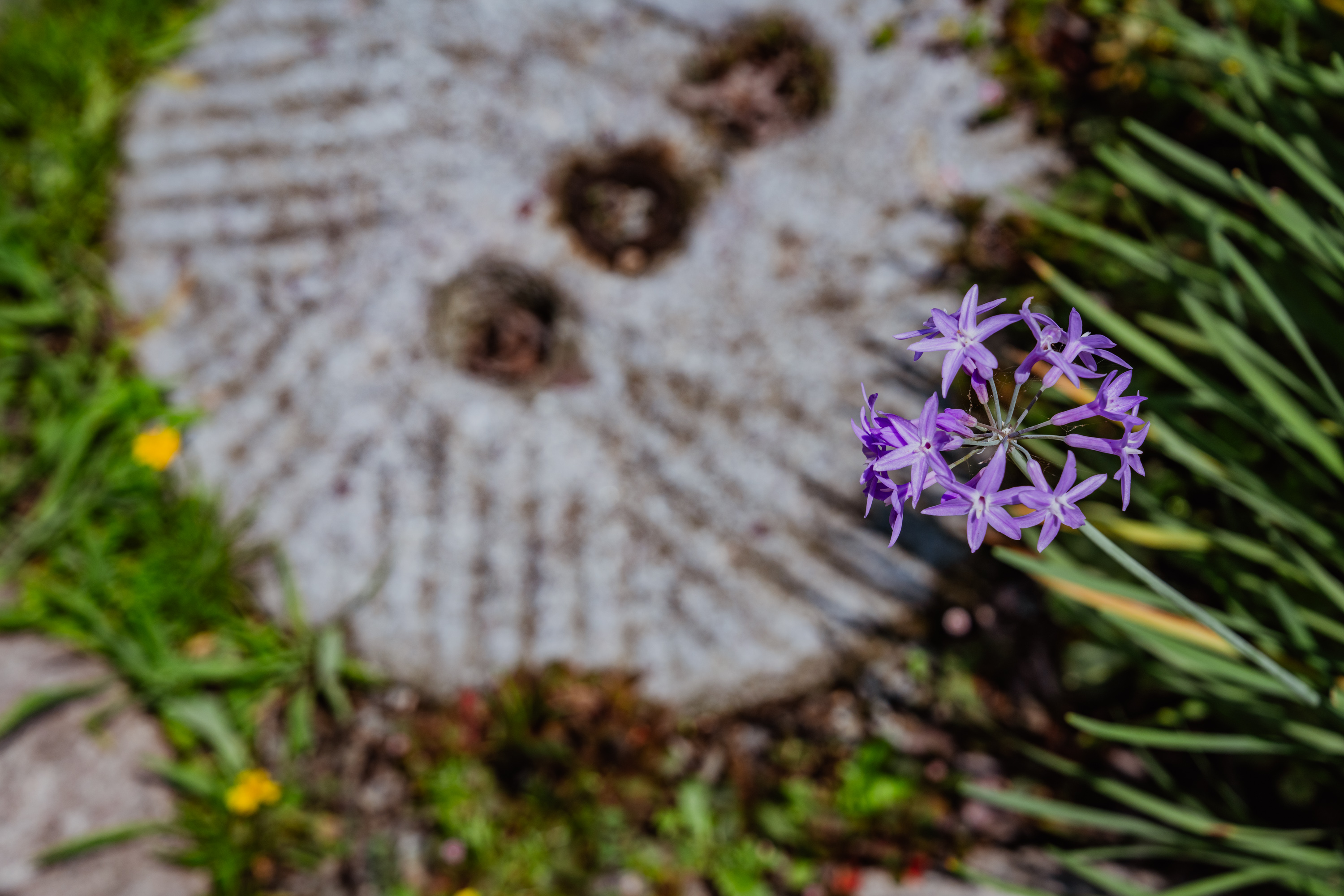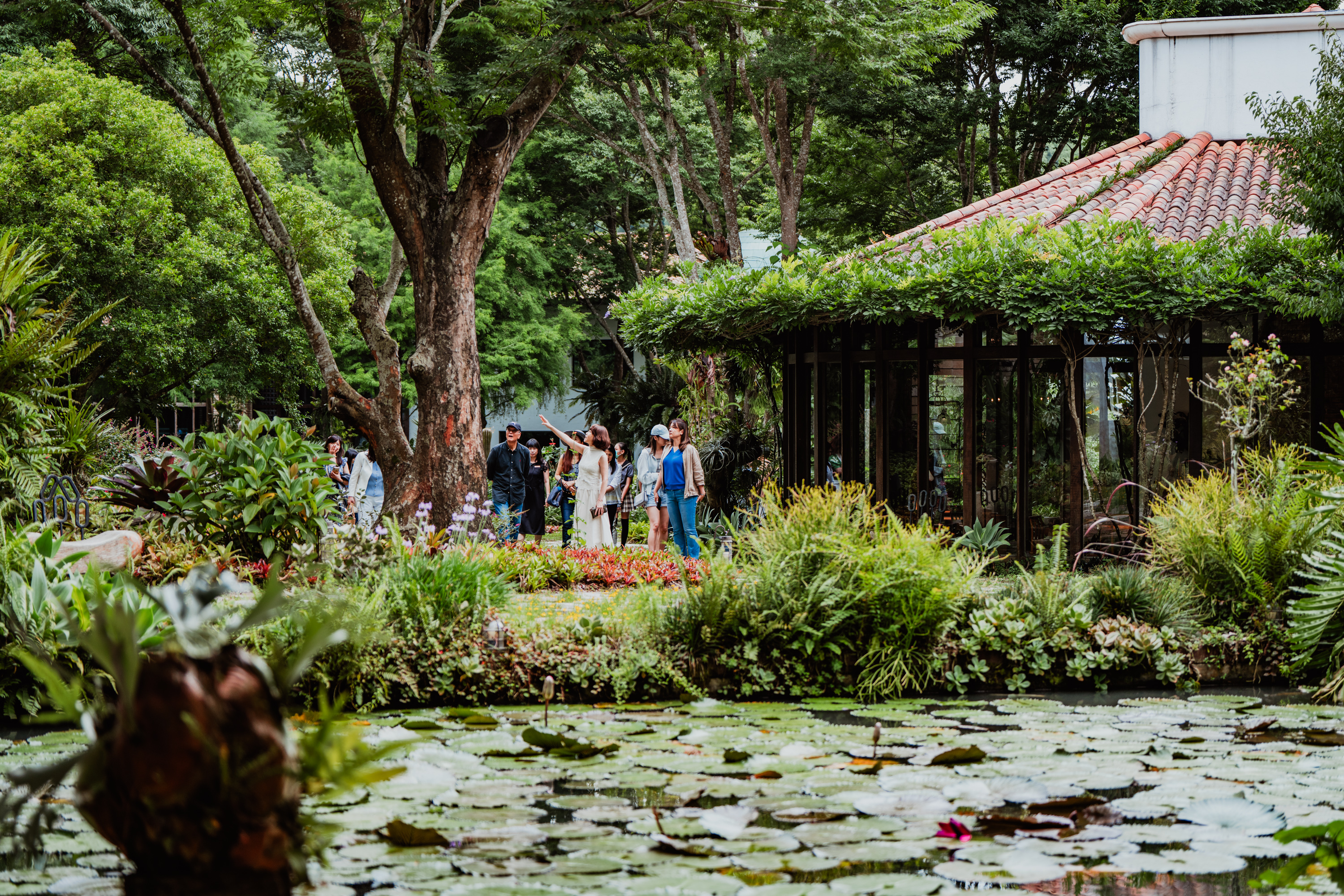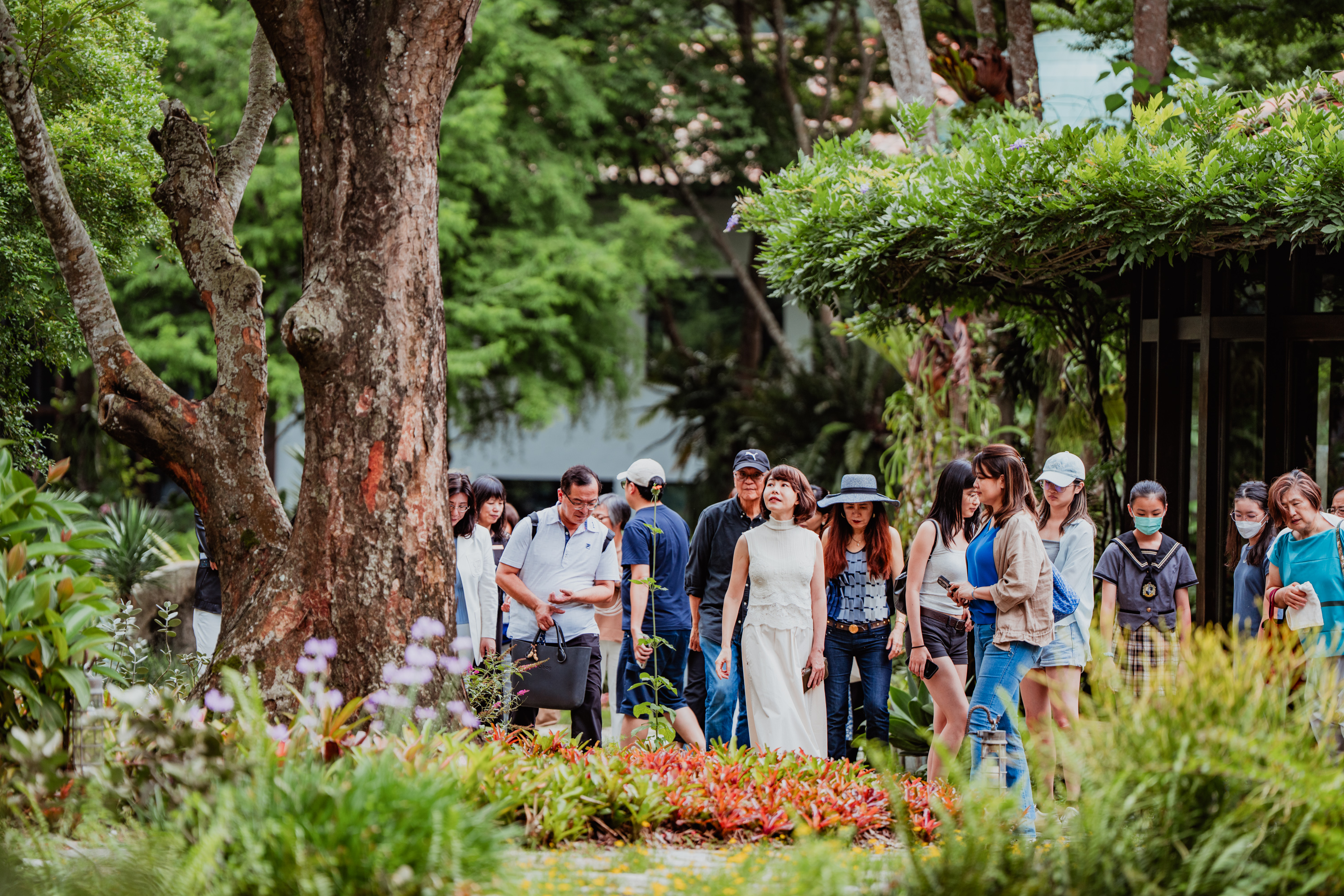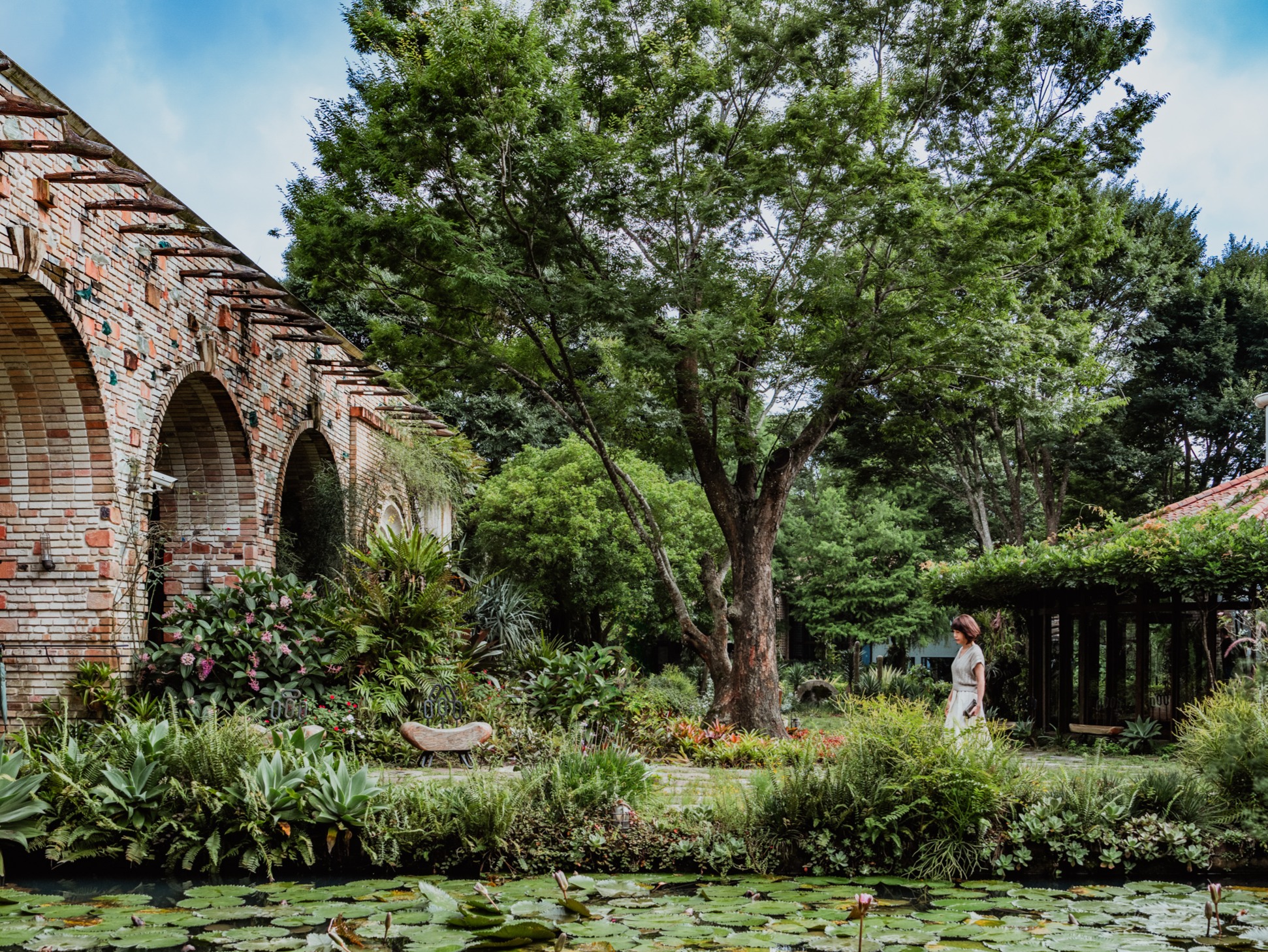【002】台灣森林的基因
【002】台灣森林的基因
設計的靈感來源
台灣,超過 60% 的土地被森林覆蓋,被譽為「亞洲的生態諾亞方舟」。
從熱帶到寒帶,從平原到高山,孕育著全球最豐富的物種密度。268 座三千公尺以上的高山,使得台灣同時擁有仙人掌、多肉植物、熱帶鳳梨科,到雲霧林裡的苔蘚與蕨類。
在這樣的基因之上,美術館選擇台灣櫸木作為主要樹種,它冬天落葉,讓光照灑進;夏天繁茂,成為綠蔭帳篷;春秋換葉,帶來節氣的色彩。
再搭配不同的喬木與灌木,形成四季流轉的層疊景觀。
這樣的規劃,不僅是設計,更是時間與自然的共同創作。
台灣莊園多半追求歐式或日式風格,在這兒我們嘗試從植物中尋找屬於台灣的答案。小小島嶼涵蓋寒帶、溫帶、亞熱帶乃至熱帶蕨類高達數百種,有世界級蕨類王國美譽,在櫟莊園美術館,蕨類從地面垂掛至空中,花費十餘年光陰,慢慢養出一座以蕨類為主題的立體森林,搭配多樣化台灣原生種植物,也孕育出蜜蜂、蜻蜓、蜥蜴等多種瀕危生物。
The genetic code of Taiwan’s forests —
inspiration for design
Over 60% of Taiwan is cloaked in forest, earning it the title of “Asia’s
ecological Noah’s Ark.”
From tropical lowlands to alpine zones, the island nurtures one of the richest
biodiversities on Earth. Its 268 peaks over 3,000 meters allow Taiwan to host
an extraordinary range of life — from cacti, succulents, and tropical
bromeliads to mosses and ferns thriving in misty cloud forests.
From this genetic foundation, the Li Manor
Museum chose the Taiwan beech as its principal tree. In winter it sheds its
leaves, letting light filter in; in summer it spreads into a lush canopy; in
spring and autumn it changes its foliage, painting the seasons in shifting
hues. Together with other trees and shrubs, it composes a layered landscape
that reflects the passage of time.
This design is not only deliberate planning
— it is a collaboration between time and nature.
Instead of the common European or Japanese styles, many Taiwanese manor gardens seek to find a uniquely Taiwanese solution from the plants themselves. This small island is home to hundreds of species of ferns, spanning from frigid to temperate, subtropical, and even tropical climates, earning it the reputation of a world-class "Kingdom of Ferns." At the Oak Manor Museum, ferns are suspended from the ground to the air, creating a multi-layered, three-dimensional forest over more than ten years. This space, paired with a diverse collection of native Taiwanese plants, has also become a habitat for various endangered creatures such as bees, dragonflies, and lizards.


